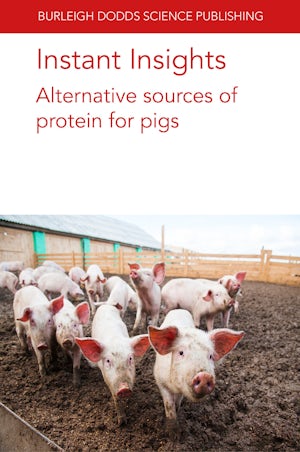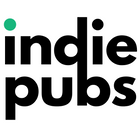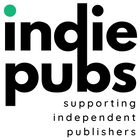- Chapter 1 - Developing seaweed/macroalgae as feed for pigs: Marta López-Alonso, Universidade de Santiago de Compostela, Spain; Marco García-Vaquero, University College Dublin, Ireland; and Marta Miranda, Universidade de Santiago de Compostela, Spain;
- 1 Introduction
- 2 Challenges in using macroalgae for feed applications
- 3 Composition of macroalgae
- 4 Biological functions and health-promoting effects of macroalgae and macroalgal-derived extracts in pig nutrition
- 5 Conclusion and future trends
- 6 Where to look for further information
- 7 Acknowledgements
- 8 References
Chapter taken from: Chapter taken from: Lei, X. G. (ed.), Seaweed and microalgae as alternative sources of protein, Burleigh Dodds Science Publishing, Cambridge, UK, 2021, (ISBN: 978 1 78676 620 5)
- Chapter 2 - High protein corn fermentation products for swine derived from corn ethanol production: Peter Williams, AG-BIO Ltd, UK;
- 1 Introduction
- 2 Distillers dried grains with solubles
- 3 Corn fermented protein
- 4 Challenges in producing corn fermented protein
- 5 Case study: standardized ileal digestibility of CFP for pigs
- 6 Case study: concentrations of digestible and metabolizable energy in CFP products fed to pigs
- 7 Case study: effects of adding phytase on availability of calcium and phosphorus in corn-fermented products
- 8 Case study: effects on performance of pigs of inclusion of corn-fermented protein in the diet
- 9 Conclusion
- 10 References
Wiseman, J. (ed.), Advances in pig nutrition, Burleigh Dodds Science Publishing, Cambridge, UK, 2024, (ISBN: 978 1 80146 694 3)
- Chapter 3 - Developing alternative sources of protein in pig nutrition: insects: Kristy DiGiacomo, University of Melbourne, Australia;
- 1 Introduction
- 2 Why insects
- 3 Current state of insect production
- 4 Potential insects and current production volumes
- 5 Production and health responses in pigs
- 6 Competition for resources
- 7 Rearing insects on manure
- 8 Current research
- 9 Future trends in research
- 10 Barriers to uptake/challenges to production
- 11 Conclusion
- 12 Where to look for further information
- 13 References
Wiseman, J. (ed.), Advances in pig nutrition, Burleigh Dodds Science Publishing, Cambridge, UK, 2024, (ISBN: 978 1 80146 694 3)
- Chapter 4 - Use of protein from black soldier flies in pig feed: Sarah Struthers and Jos Houdijk, Scotland’s Rural College (SRUC), UK; and Heidi Hall, Anpario PLC and CABI, UK;
- 1. Introduction
- 2. Nutritional composition of black soldier fly
- 3. Production performance in pigs fed black soldier fly
- 4. Benefits of using black soldier fly
- 5. Challenges
- 6. Applications
- 7. Conclusions
- 8. Acknowledgements
- 9. References
Chapter taken from: Casillas, A., Insects as alternative sources of protein for food and feed pp. 3-28, Burleigh Dodds Science Publishing, Cambridge, UK, 2025, (ISBN: 978 1 80146 584 7)


